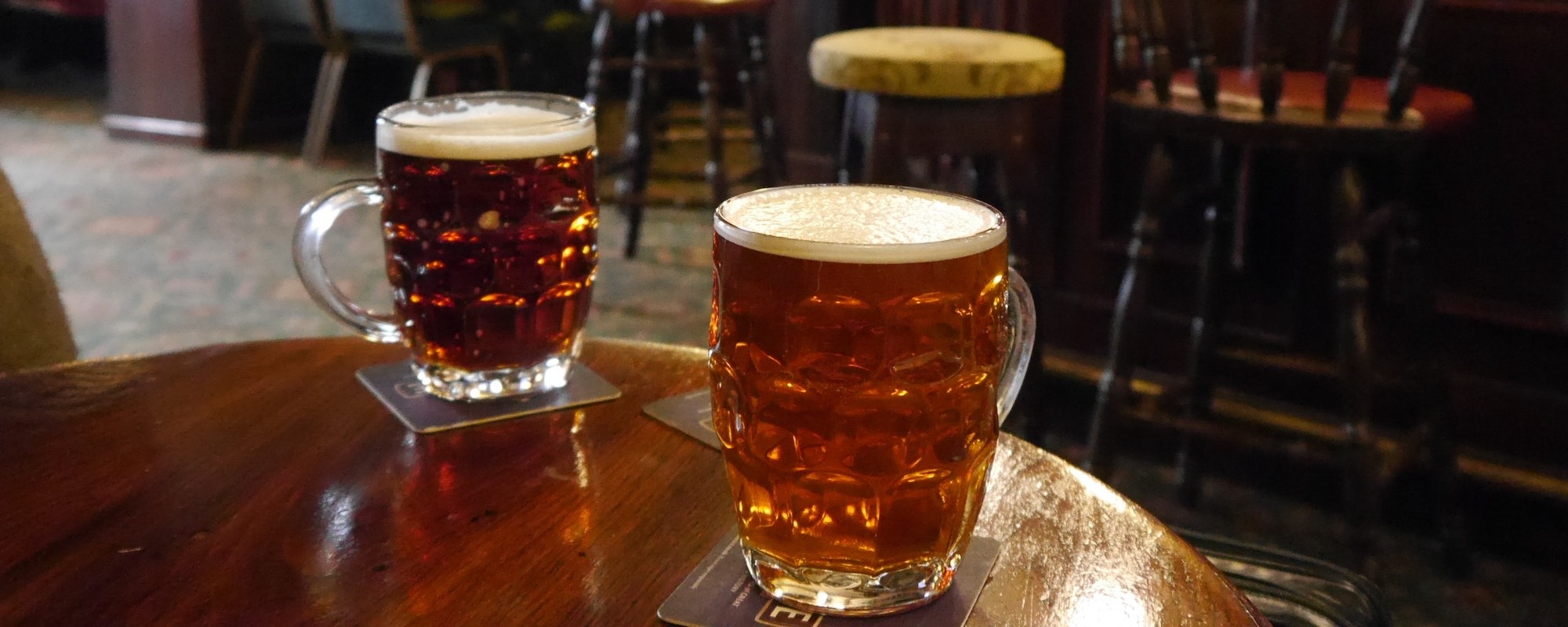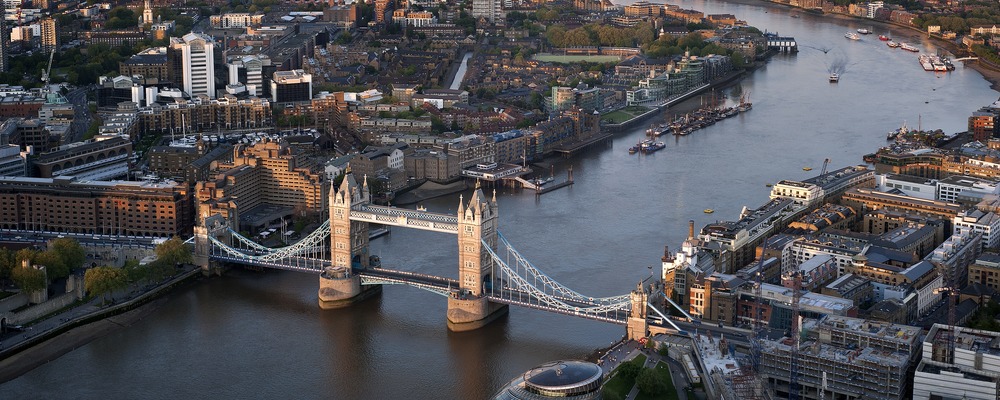
Spotlight on Hackney
The pace of change in Hackney has been phenomenal. Fuelled by Olympic investment, the growth of the tech sector and enhanced travel connections, it’s gone from being one of the UK’s worst places to live to one of its most desirable. And prices have risen accordingly. If you’re looking for property in a diverse borough that attracts a constant stream of young newcomers, Hackney could be the perfect place to invest. Olympic-sized house price growth Over the past 20 years, the rapidly gentrifying borough of Hackney has seen higher house price growth than any other area of the Capital. According to Land Registry data, the price of an average Hackney home in 1996 was little more than £75,000, whereas in 2016 it was £606,269. This equates to an incredible jump of 702%, compared to an average increase over the same period of 450% for London as a whole and 290% in England and Wales.[1] Along with the other five boroughs that hosted the 2012 Games, Hackney house prices were boosted by London’s ‘Olympic effect’. Unprecedented levels of investment became the catalyst for regenerating what was one of the Capital’s most disadvantaged boroughs, bringing upgraded transport links, more jobs, new housing and new schools.[2] It’s hard to think of anywhere else that's enjoyed a similar turnaround. A fast-growing economy driven by Tech City in Shoreditch Hackney’s economy is going from strength to strength. New research from property advisers CBRE reveals that it recorded the largest increase in GDP in 2016 of any London borough. Powered by the rapid expansion of the UK’s digital sector and its enviable position on the fringe of the City, the key to Hackney’s economic success has been the growth of Tech City.[3] Also known as Silicon Roundabout, Tech City is the digital cluster that sprung up around Old Street Roundabout. Hackney's biggest employment centre, it provides 45,000 jobs with thousands commuting in every day from all over the Capital. It’s home to London's largest number of start-ups and Europe's highest concentration of tech and creative businesses. And this highly-entrepreneurial and thriving, knowledge-based business community supports an equally thriving hospitality sector and night-time economy.[4] Opening up the creative backwater of Hackney Wick On the edge of the Queen Elizabeth Olympic Park, the canal-side community of Hackney Wick is a becoming hub of creativity and innovation. Former mills and plastic factories now house over 600 creative industry workspaces filled with architects, photographers, designers and digital artists.[5] Nearby, in the former Media Centre for the London 2012 Olympic Games, Here East will bring over 7,500 workers and £340m to the local community when the technology hub is fully operational in 2018.[6] To capitalise on the area’s rich potential, there are plans to create up to 5,000 new homes here by 2025 – along with live-work dwellings, affordable workshops and small business premises.[7] Supporting these new homes and jobs, Hackney Wick Overground station is about to get a £25m upgrade. New pedestrian and cycle links will improve accessibility and reduce journey times for thousands of passengers, helping to transform the whole area.[8] Dalston – Hackney’s no-longer-hidden gem With a thriving arts scene, Dalston has long been known for its edgy cool. Alongside pop-up shops, installations, and galleries, it has some of the London's most exciting restaurants, cafés and late-night bars. With the arrival of London Overground’s East London line, this diverse and vibrant neighbourhood is now even more attractive, and as a result, the area’s long-established Caribbean and Turkish communities now live side by side with City traders. As part of the transport-led regeneration, nearly 600 new homes are under construction around Dalston Square – the largest new public space to be created here for more than 100 years. There are also new retail outlets, a new library and a new public archive.[9] And connectivity is set to improve further from 2030 as Dalston to have a station on the proposed new Crossrail 2 line. If the project gets the go-ahead from the Government, it will be another boost to the area’s property prices. Officially London’s greenest borough Despite being the third most densely populated borough, research by Chesterton’s estate agents in 2015 found Hackney to be the greenest of all London boroughs thanks to its acres of open space, clean air and dedication to recycling.[10] The borough has 58 parks, gardens and open spaces covering 318 hectares – 19 of which have the green flag quality mark.[11] Highlights include the largest concentration of football pitches in Europe at Hackney Marshes, the historic and much-loved Clissold Park and the enchanting Abney Park Cemetery. Current asking prices and rental yields The current average value of properties in the London borough of Hackney is £617,229. It has increased 0.92% in the last 12 months and 54.26% in the last five years. For a two-bedroom apartment, the average asking price is £702,118 and the average asking rent is £2,195pcm, which means the gross rental yield is currently 3.80%.[12] This content is correct as of March 2017
[4] https://www.hackney.gov.uk/town-centres#hw
[5] https://www.hackney.gov.uk/town-centres
[11] https://www.hackney.gov.uk/Assets/Documents/Hackney-Profile.pdf
Related Articles
-

- Sep 24, 2024
Your handy checklist for buying a home in London
-

- Jan 12, 2024
How to choose where to live in London


